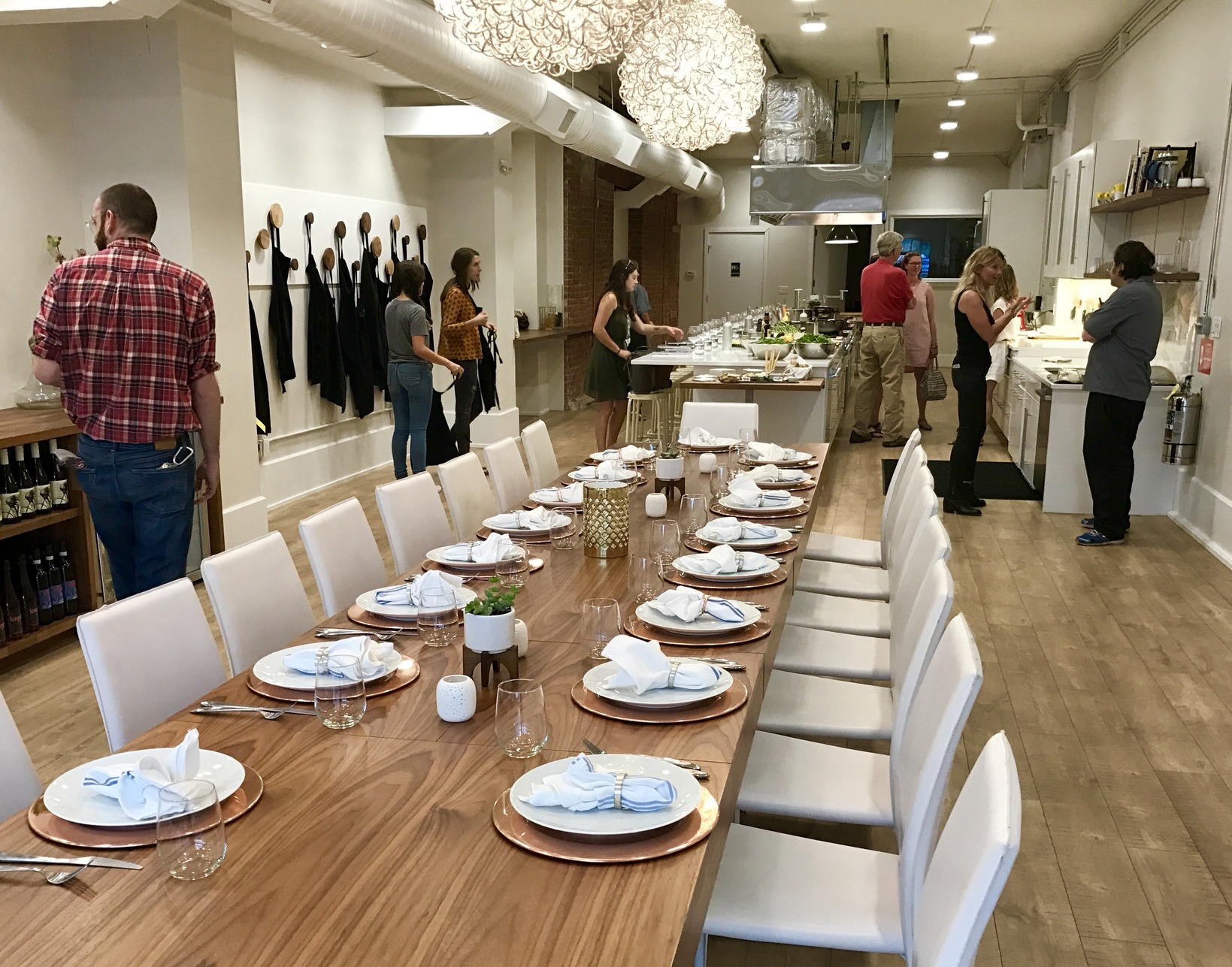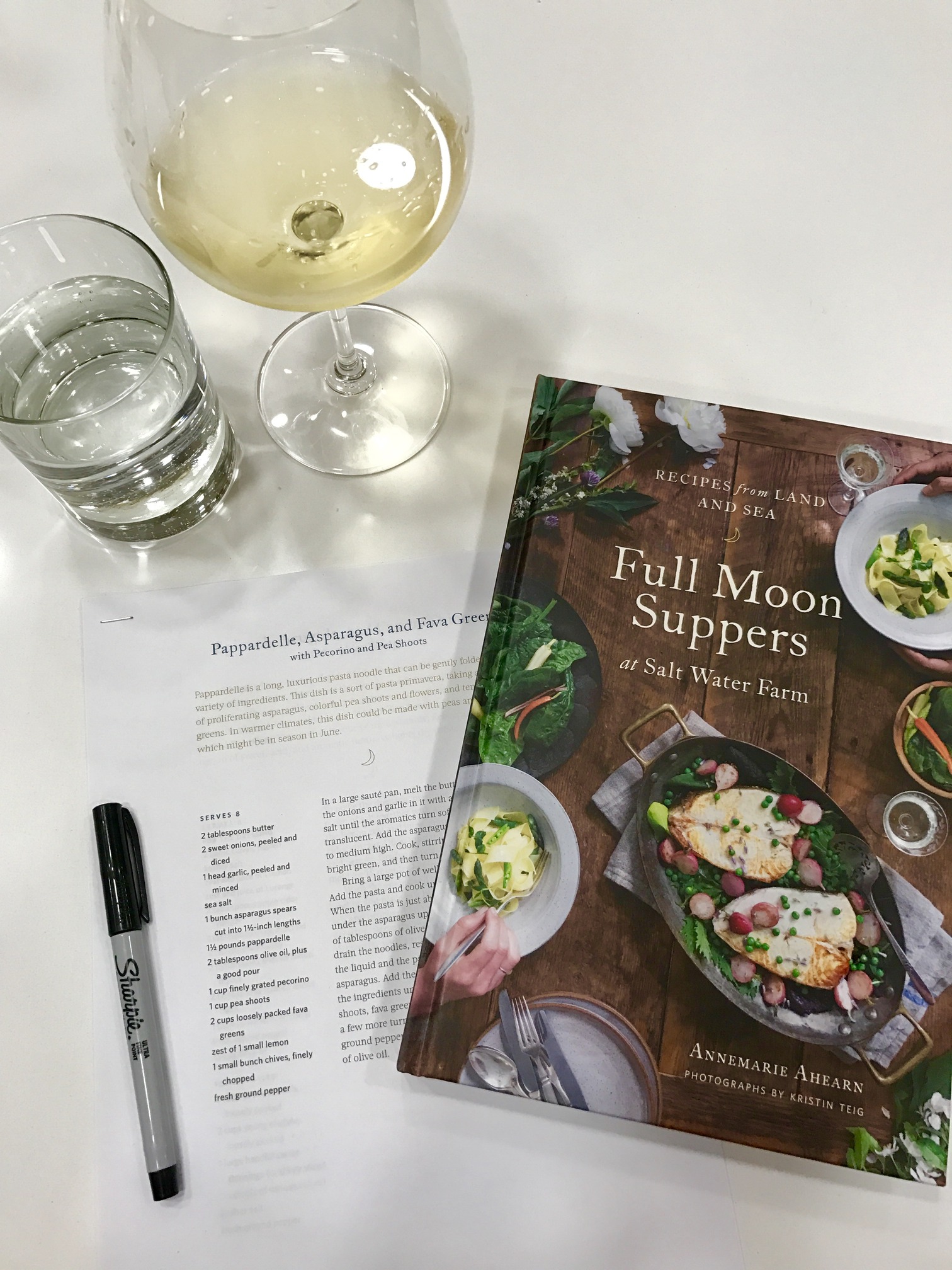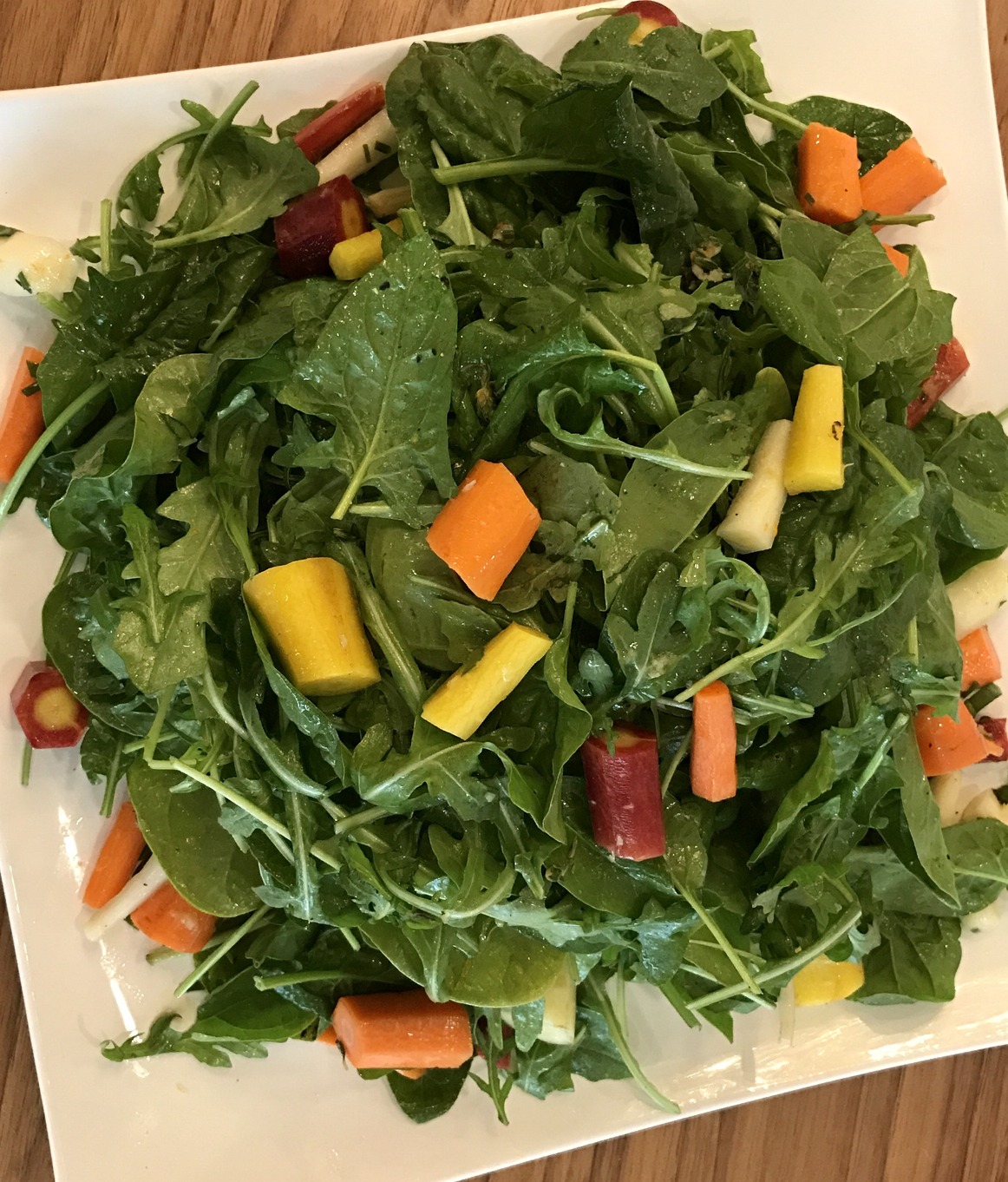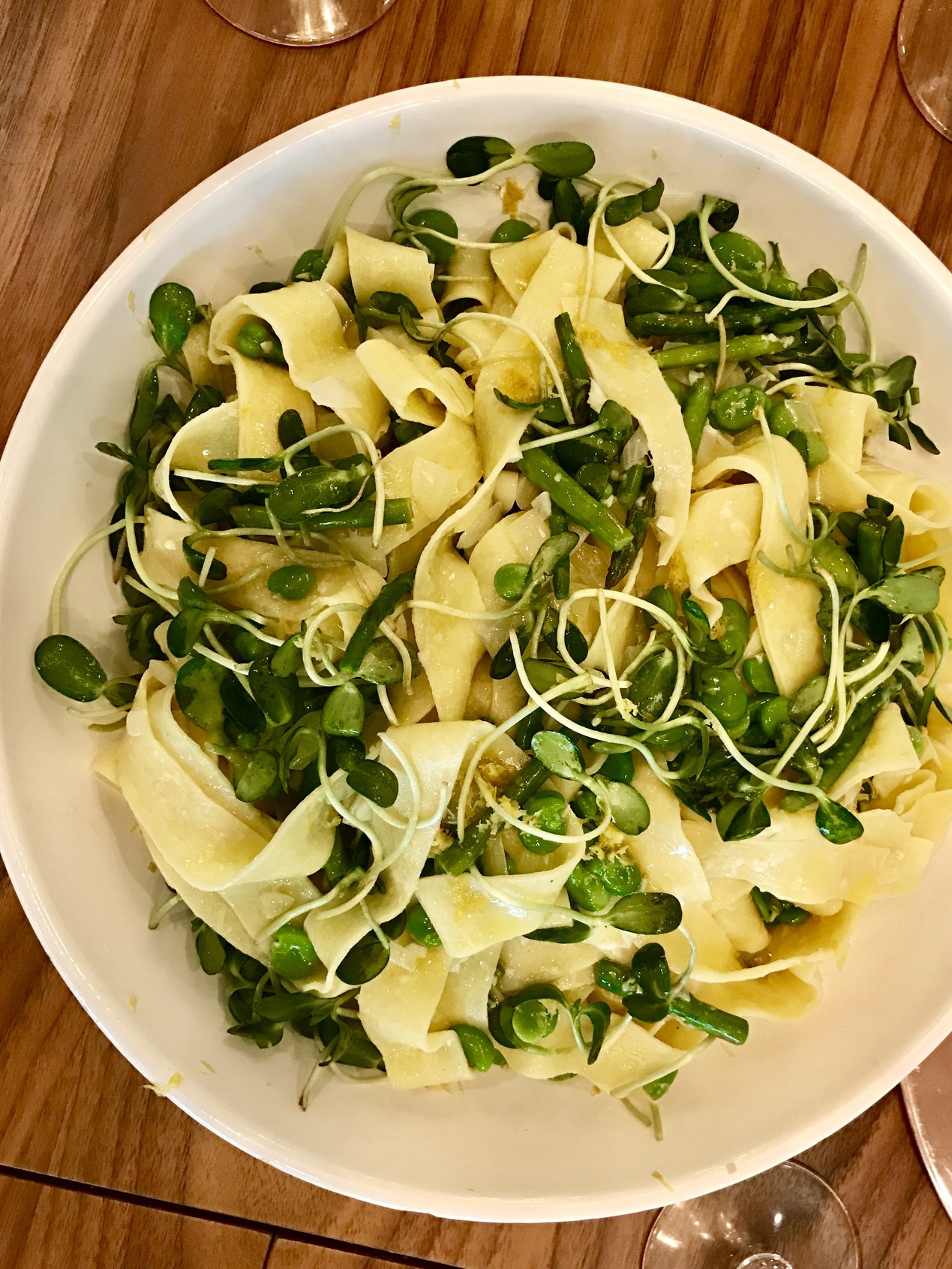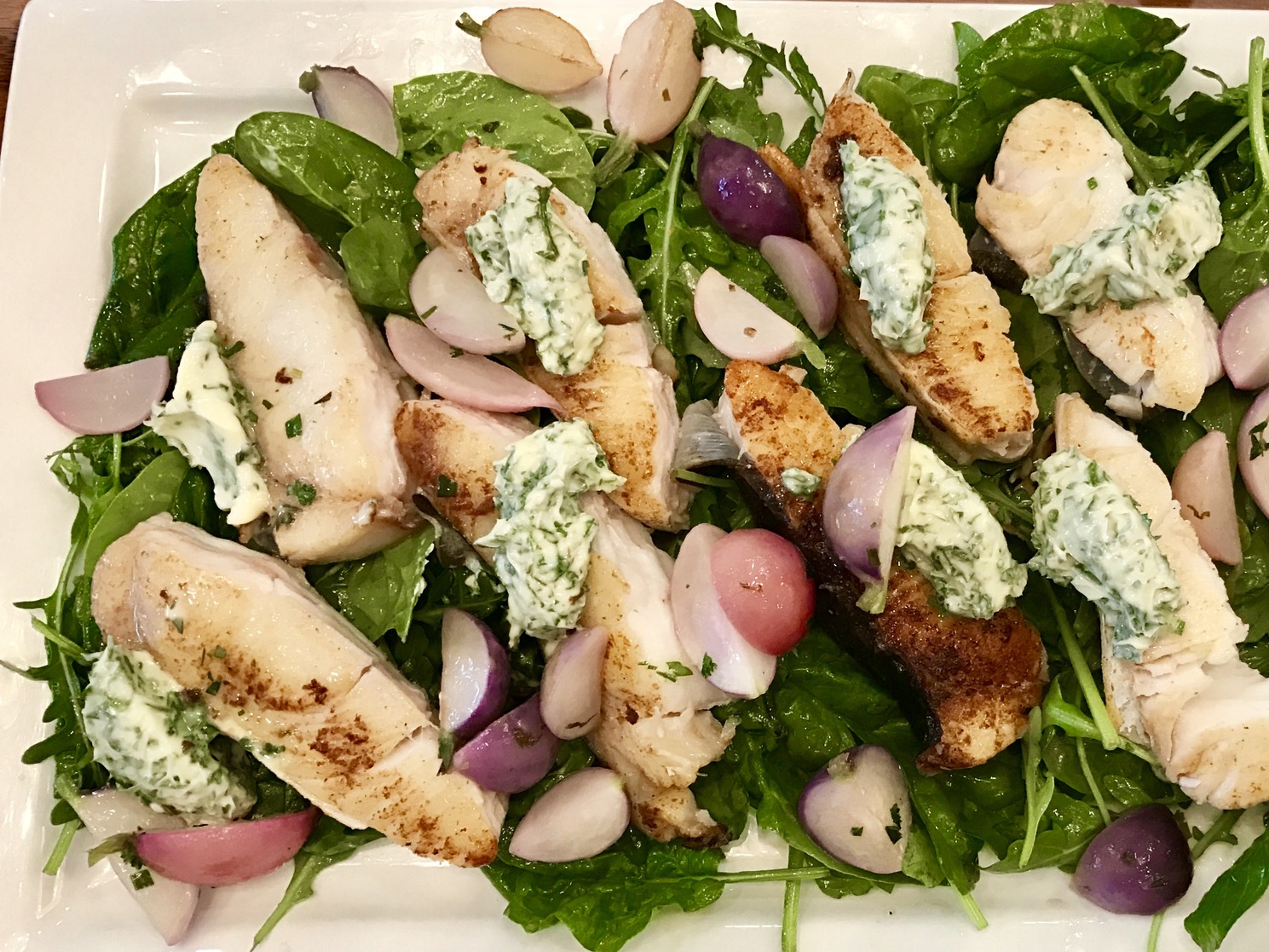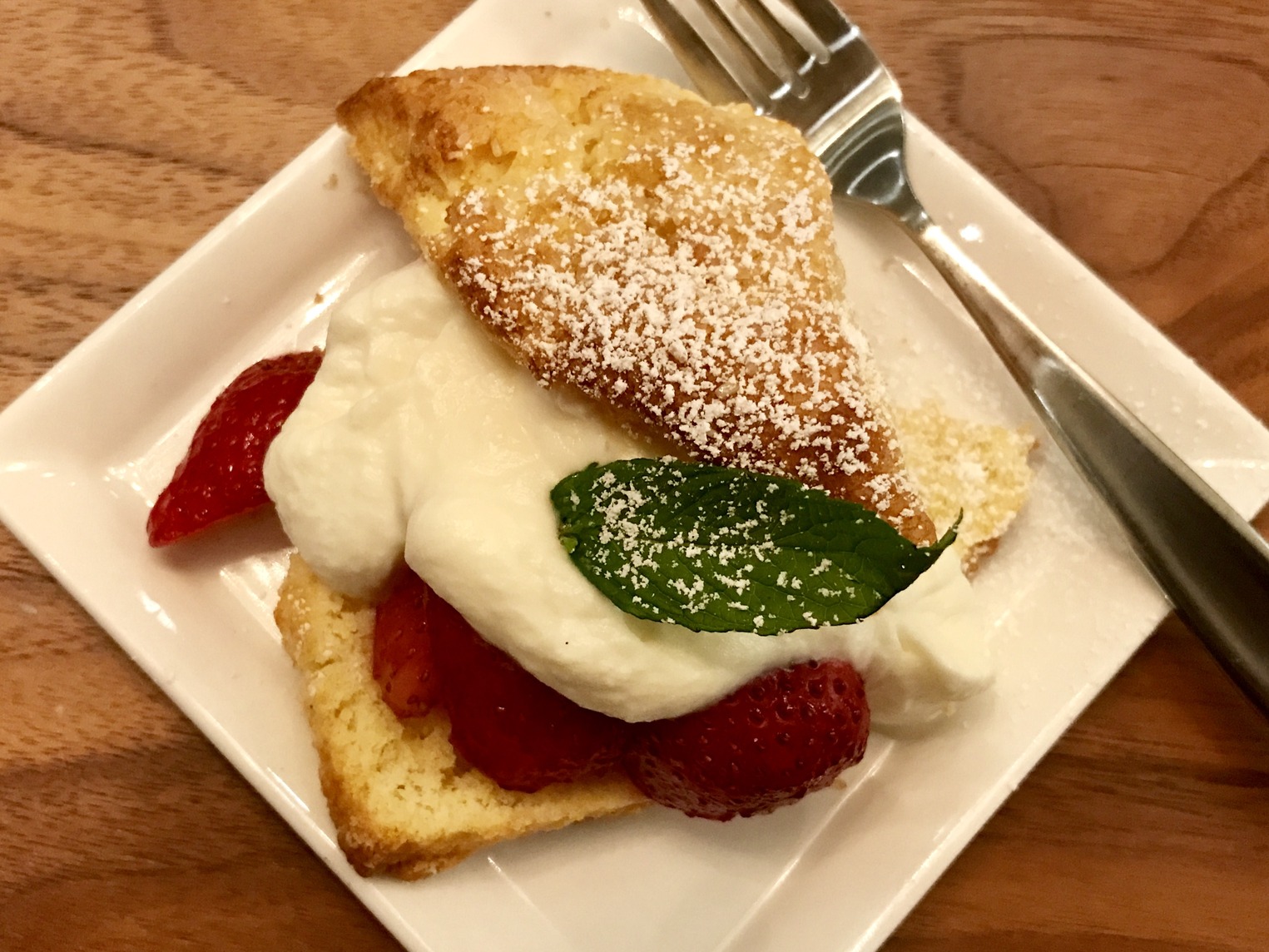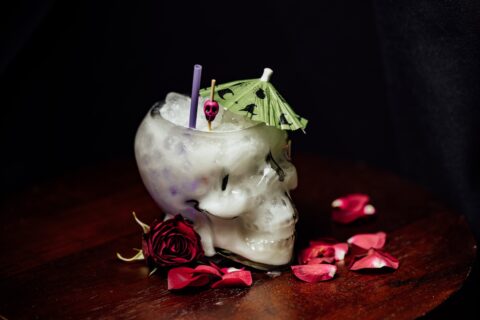The Local newsletter is your free, daily guide to life in Colorado. For locals, by locals.
If flashbacks of hard metal chairs, grungy flip-top desks, and monotone teachers assault you when you hear the words “school” or “class,” you need to take a drive to 18th and Pearl streets in Boulder for a cooking class at Food Lab.
There, you’ll walk through glass doors into an open space illuminated by sparkling, torpedo-like chandeliers hanging over with a beautifully set table—complete with lace-y votives and succulents at a recent class—that stands at the ready for the dinner portion of the evening. A long, white marble chef’s counter lines the galley kitchen, with stools for students on one side, and equipment and provisions for the teacher on the other. It’s an inviting room in which you can learn to cook delicious meals, from Argentine classics (July 14; $79) to fresh ravioli (July 26; $75) to Asian-style BBQ (July 7; $75).

On a recent Thursday, Maine author and cooking teacher Annemarie Ahearn, proprietor of Salt Water Farm Cooking School & Supper Club, welcomed an eager mix of locals and visitors with a menu of four courses: Spinach and arugula salad with carrot thinnings; fresh pappardelle with asparagus, slow-cooked onions, fava beans, and pecorino; cast-iron seared halibut steaks with herb butter; and cornmeal strawberry shortcakes.
This particular class was part demo (led by Ahearn) and part prep work (thanks to student volunteers); other Food Lab classes are wholly demo or entirely hands-on. A shared meal always follows and wine and beer is available for purchase throughout.
As Ahearn (a Colorado College grad and former New York City chef) shared stories and kitchen wisdom, she steered the group through the June menu from her new cookbook, Full Moon Suppers at Salt Water Farm: Recipes from Land and Sea, published by Boulder’s Roost Books. The resulting meal was incredible, and the following pieces of advice from Ahearn were too good to keep to ourselves:
- Fresh fava beans: Since they’re time-consuming to peel, blanch, and peel again, Ahearn always makes sure they are the star of a dish. Use them as a garnish, as she did with her pappardelle, so your guests can see and appreciate them.
- Butter: Sure, it’s easier to control the salt in your food if you use unsalted butter and season with salt to taste, but since salt is a preservative, salted butter tends to sit on the supermarket shelf for longer. Buy unsalted for a fresher product.
- Fresh cilantro: Never pick cilantro leaves from the stems. The latter are tender enough for eating as is, so simply chop the leaves and stems together. (Game-changer!)
- Tongs: Like an extension of your hands, tongs are indispensable in the kitchen. If you don’t already have a pair, get on that.
- Leafy salads: When preparing a green salad, always lightly season the greens with salt before adding the dressing (even if there’s salt in the dressing). Then, if you’re including heavy ingredients—think carrots, tomatoes, cucumbers, etc.—dress those in a separate bowl so they get their fair share and won’t bruise the greens as you toss. Next, preferably using your hands and using the largest bowl you have, gently toss the greens with a scant bit of dressing—you can always add more, but you can’t take any away! Taste a leaf and add more dressing or salt, if necessary. Pile the greens high on a platter or in a serving bowl, scatter the heavy ingredients on top and around the edges, and serve immediately.
- Plating: Aim for three different colors and at least two textures for the most pleasing presentation (and taste!).
Food Lab, 1825 Pearl St., Suite A, Boulder, 303-953-8364




